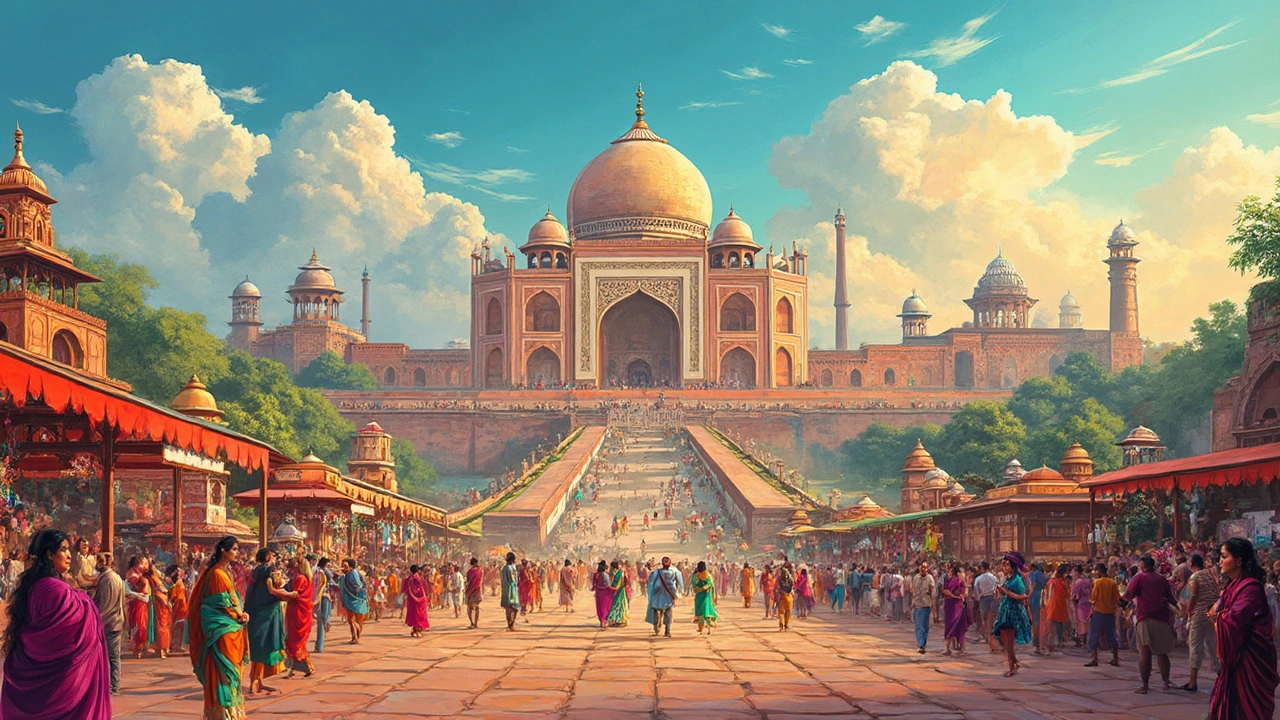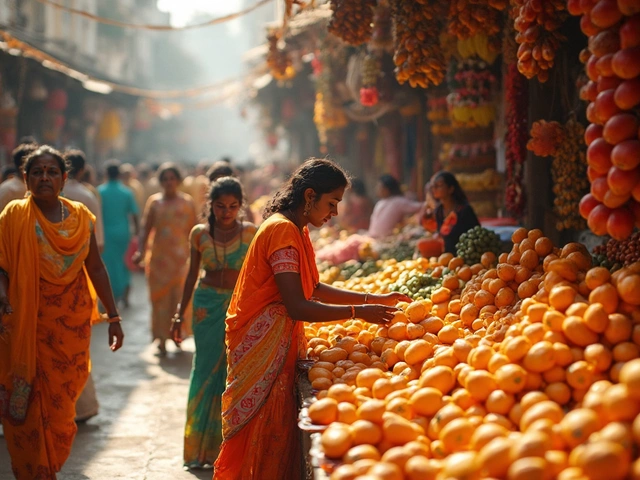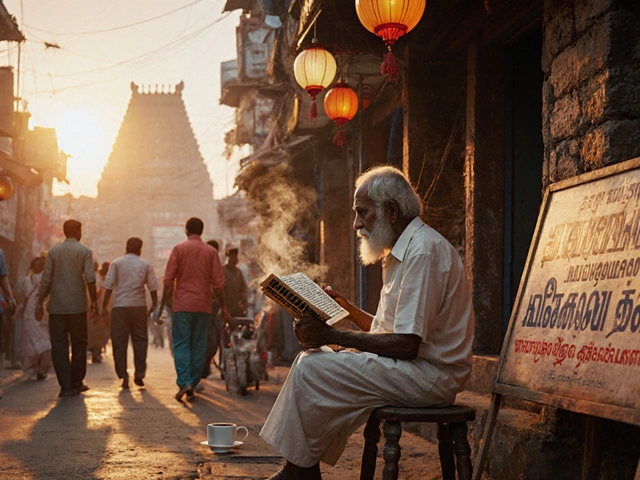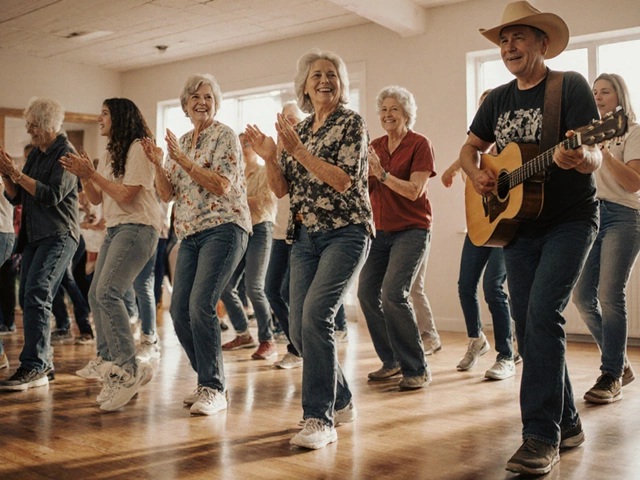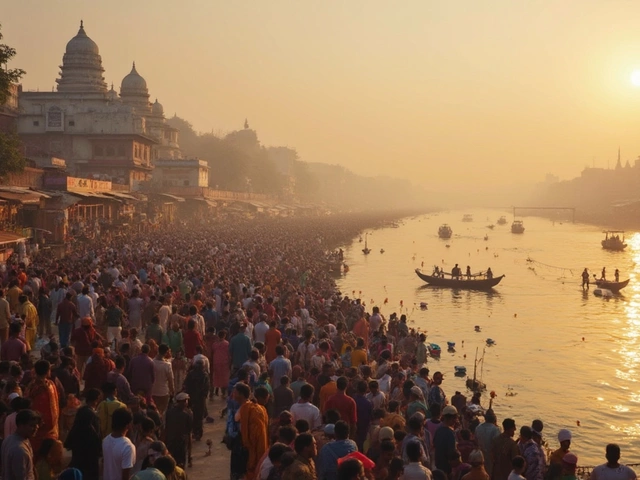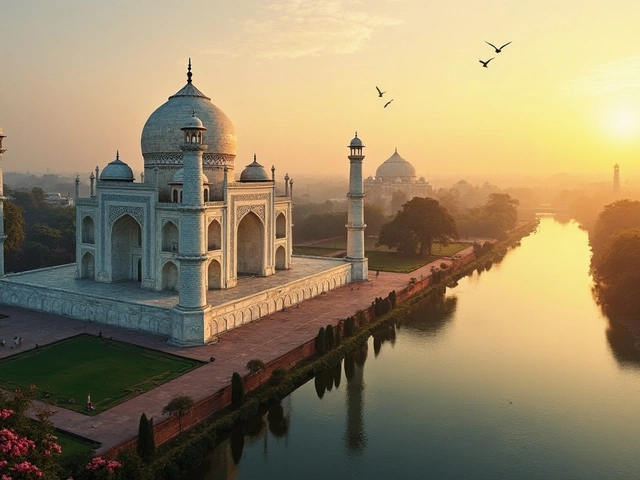Indian Cultural Heritage: Traditions, Art, and Living Customs That Define India
When you think of Indian cultural heritage, the deep, layered traditions passed down through generations that shape identity, art, and daily life across India. Also known as India’s living traditions, it includes everything from temple carvings still being made today to songs sung at village weddings that haven’t changed in 500 years. This isn’t history locked in books—it’s what people wear, eat, dance to, and pray with every single day.
Indian art, a visual language that blends spirituality, storytelling, and regional identity. Also known as folk and classical Indian art, it’s not just paintings on canvas—it’s the Pithora murals of Gujarat, the terracotta figures of West Bengal, and the intricate metalwork of South India. These aren’t museum pieces. They’re alive, made by hands that learned from their grandparents, and still sold at local fairs or used in rituals. Then there’s Indian festivals, the heartbeat of community life, where religion, season, and local history collide in color, music, and food. Also known as regional celebrations, they range from Diwali’s lights to Onam’s feasts, each tied to a place, a story, and a way of being. And you can’t talk about heritage without traditional Indian music, a system built on ragas, talas, and improvisation that’s as precise as it is emotional. Also known as Hindustani and Carnatic music, it’s not background noise—it’s a discipline passed down through guru-shishya lines, still taught in homes and gurukuls across the country. Even Indian dance forms, from Bhangra’s energy to Bharatanatyam’s precision. Also known as classical and folk dance, they’re not just performances. They’re storytelling, prayer, and identity rolled into movement.
What makes Indian cultural heritage different from others? It doesn’t sit still. It adapts. You’ll see a woman in a sari using her phone to book tickets for a classical concert. A teenager in Mumbai learning Bhangra on YouTube. A temple artist in Tamil Nadu carving a new deity while listening to Carnatic music on headphones. This heritage isn’t frozen in time—it’s breathing, changing, and surviving because people still choose to keep it alive.
What you’ll find in the posts below isn’t a list of facts. It’s a real look at how this heritage shows up—in kitchens, on streets, in temples, and in the way people dress, dance, and eat. Whether you’re curious about why Indian music sounds so unique, what you can wear to a wedding, or which ancient art forms still thrive today, the answers are here—not in textbooks, but in the voices and practices of real people across India.
